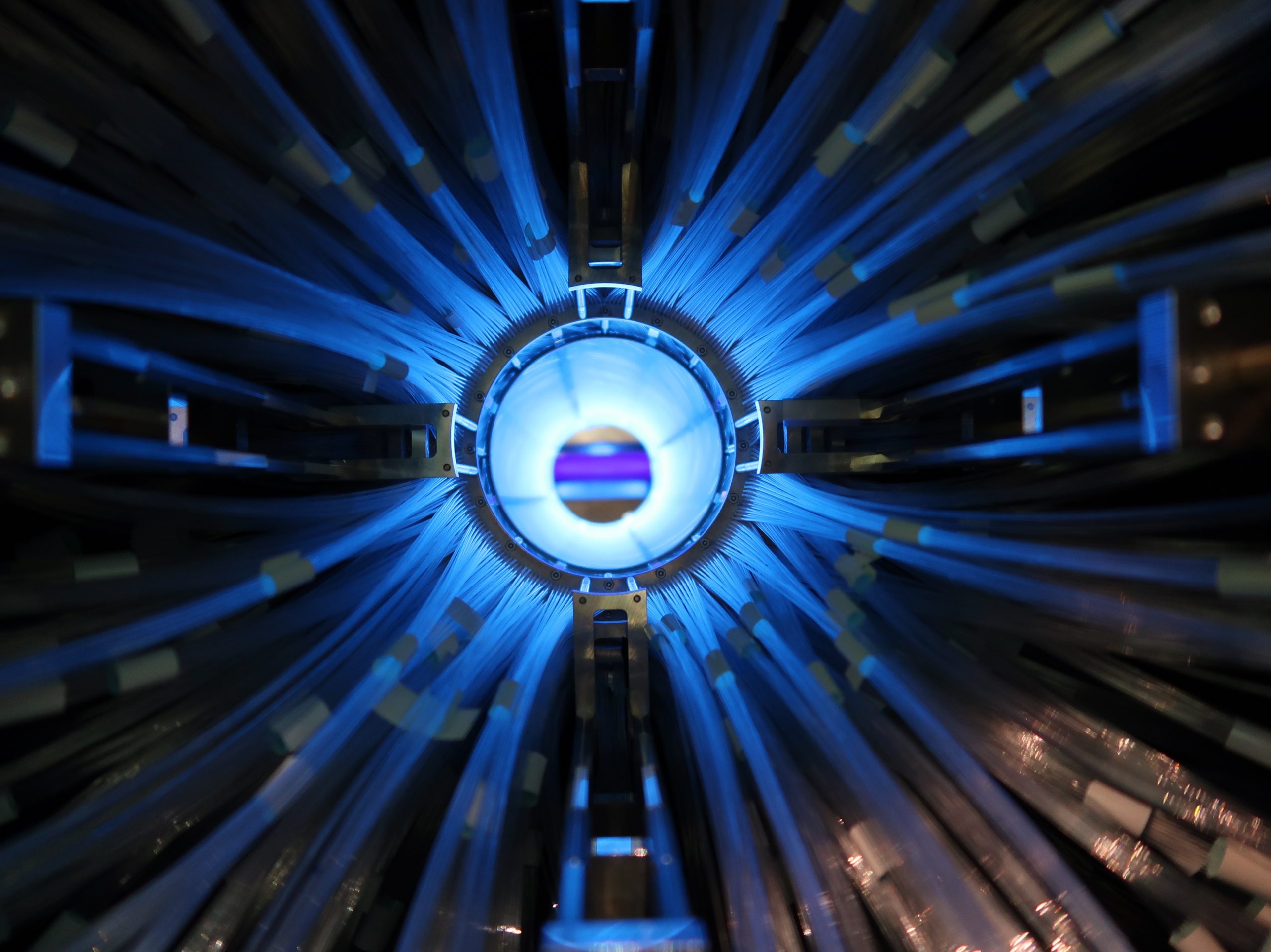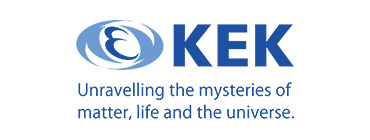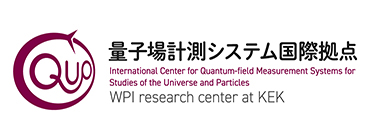- Topics
KEK-TRIUMF Exchange Program for Early Career Researchers successfully concluded
April 6th, 2020
-
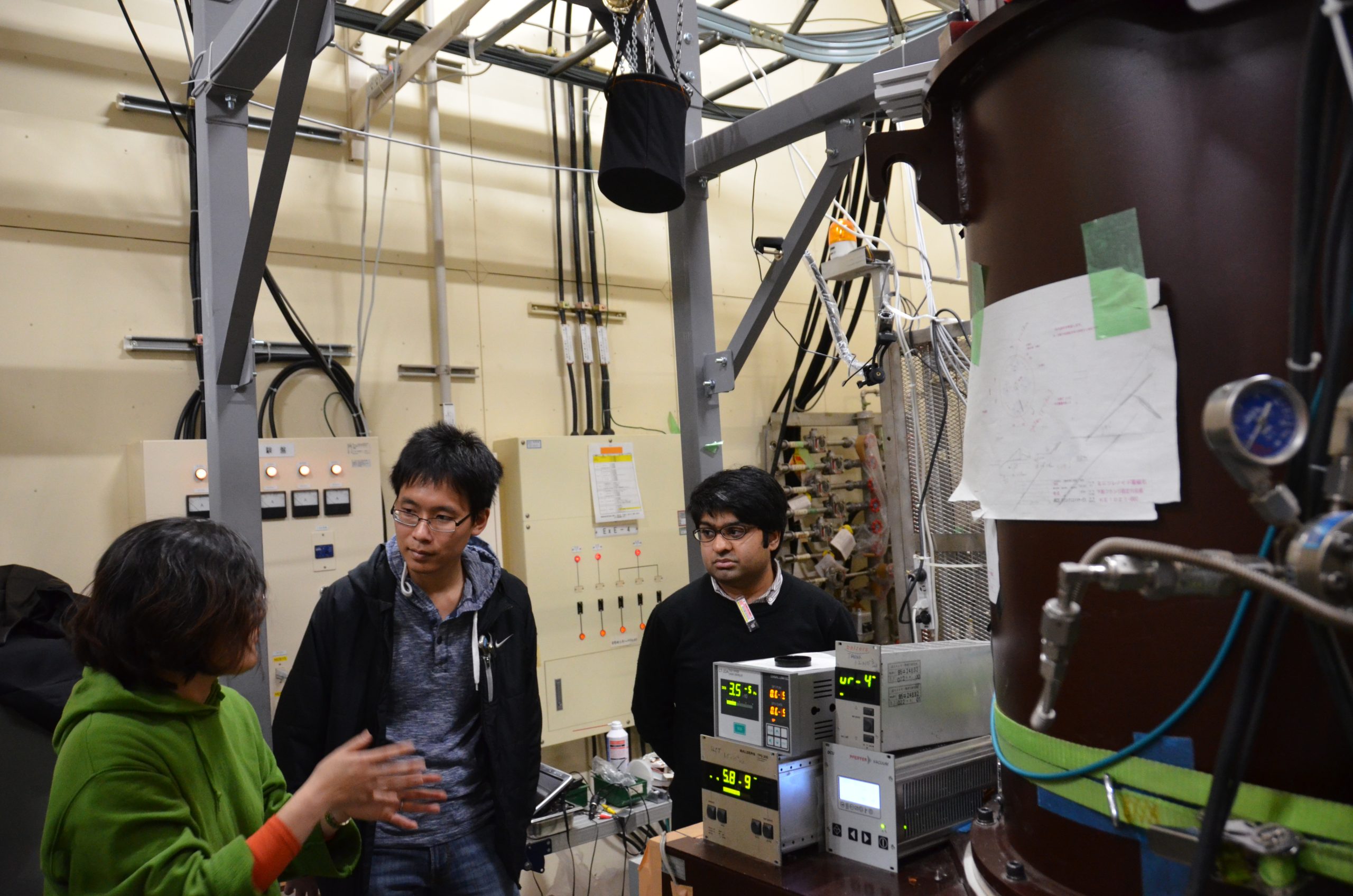
Dr. Chukman So (in the middle of the picture) visited the beam spiral injection experiment in Electron Linac Bldg. / ©️KEK IPNS
KEK and TRIUMF jointly organised the KEK-TRIUMF Exchange Program for Early Career Researchers; EPECR. Three young researchers from TRIUMF, Canada’s particle accelerator centre, visited the KEK Institute of Particle and Nuclear Studies (IPNS). This program aims to foster early career researchers who will play a key role in accelerator science and its related fields, and make new collaborations between KEK and TRIUMF (refer to TRIUMF website: https://www.triumf.ca/node/26058 ).
In academic year 2019’s program, Dr. Chukman So, Dr. Ryohei Matsumiya, and Dr. Gabriel Santucci from TRIUMF came to KEK IPNS.
The IPNS g-2/EDM experiment group, which Dr. So visited, aims to accurately measure the magnetic power of muon, one of the elementary particles, using the Japan Proton Accelerator Research Complex (J-PARC) accelerator at Tokai village, Ibaraki prefecture. A precision measurement of this power may shed light on new physics beyond the Standard Model. Dr. So’s research focuses on measuring the weight of antihydrogen at the European Organization for Nuclear Research (CERN), which requires a special magnet whose magnetic field is designed carefully. This technology is closely related to one employed in the g-2/EDM experiment, so Dr. So visited related institutions and labs in KEK via the EPECR program to learn about the principle of fine-tuning magnets and how to design magnet coils.
The IPNS UCN experiment group, which Dr. Matsumiya visited, explores neutron Electric Dipole Moment (neutron EDM) using Ultra-Cold Neutrons (UCNs), or neutrons whose kinetic energy are extremely low. Neutrons are nominally electrically neutral, but they may have charge distribution when measured in a very small scale. This charge distribution causes EDM. The IPNS UCN experiment group joins the TUCAN experiment that aims to measure neutron EDM precisely in order to uncover CP (matter/anti-matter symmetry) violation mechanism. Dr. Matsumiya has engaged in developing a UCN source since he was a graduate student. He applied to EPECR to test equipment related to ultra low temperatures and develop a heat exchanger. The Japanese group takes a major role in developing a UCN source for the TUCAN experiment and, in particular, a KEK team develops heat exchangers and a helium-3 cryostat, a device to keep low-temperature. This cryostat has cooling power of 10 W at 1 K in order to keep UCN source cold. This is essential to produce UCNs effectively.
The T2K group, which Dr. Santucci visited, sends a high-power muon neutrino beam made at J-PARC to the Super-Kamiokande detector, located in Kamioka city in Gifu prefecture. J-PARC and the Super-Kamiokande detector are separated by 295 km. This allows them to research a phenomenon in which muon neutrinos change to electron neutrinos (discovered by the T2K group in 2013) and explore CP violation in neutrino oscillations. J-PARC creates particles such as neutrinos by firing accelerated protons into a target. The proton beam line has devices that monitor beam intensity, position and shape and those devices are called the proton beam monitors. Dr. Santucci researches these devices with experts in the T2K group and the KEK beamline team, especially the “OTR monitor” that measures the beam shape just before the proton beam hits the target.
The academic year 2019 of the EPECR program was concluded with a big success. There are many favourable comments from participants and hosts about the program, e.g. “I hope to continue my research with group members in KEK in the future.”, “We hope to send young researchers in our group to TRIUMF next time.”. The host researchers wish successful continuation of the scientific and technological exchanges by young scientists under the EPECR in the future.
-
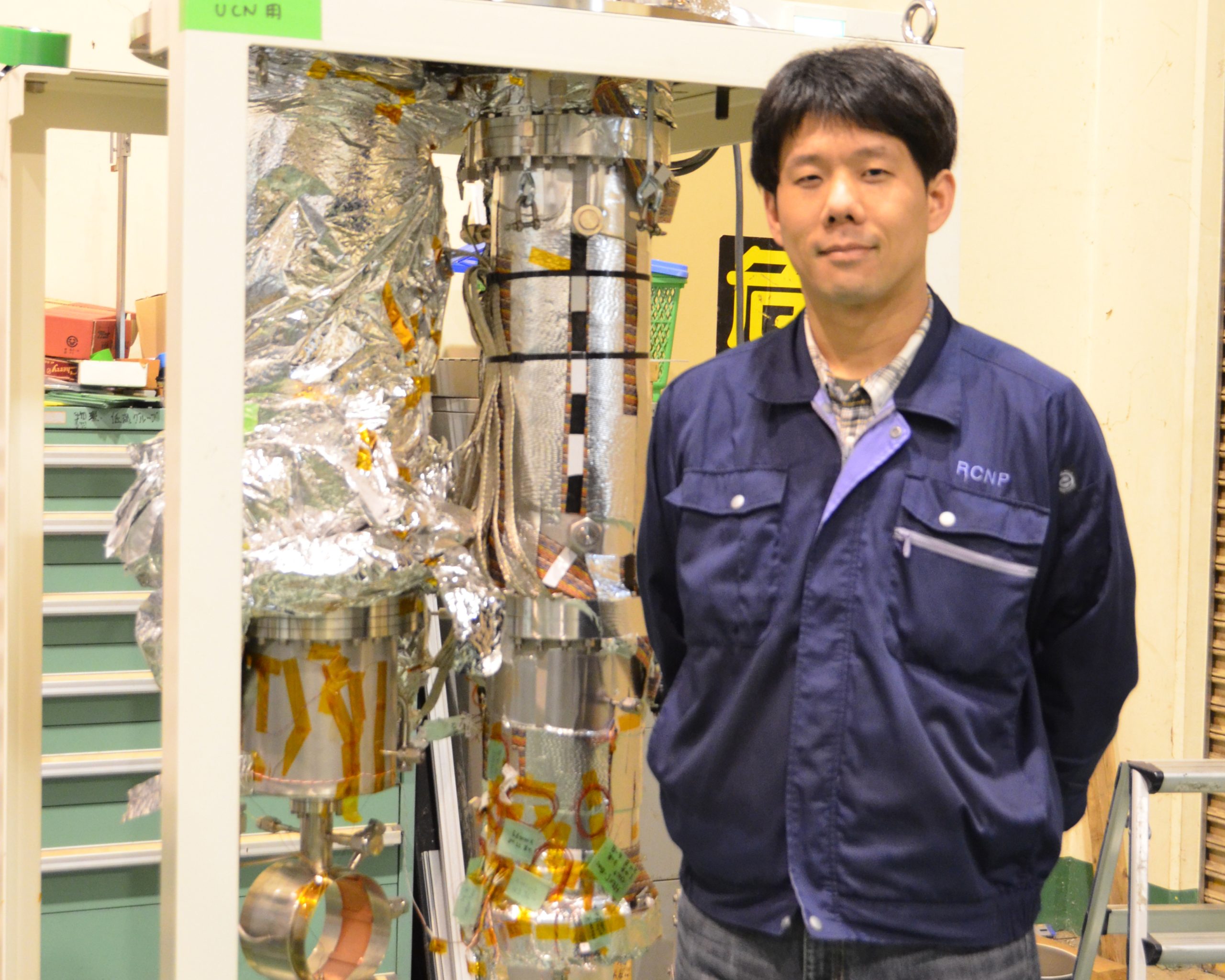
Dr. Ryohei Matsumiya visits the IPNS UCN experiment group. The left device is the heat exchanger KEK team develops.

